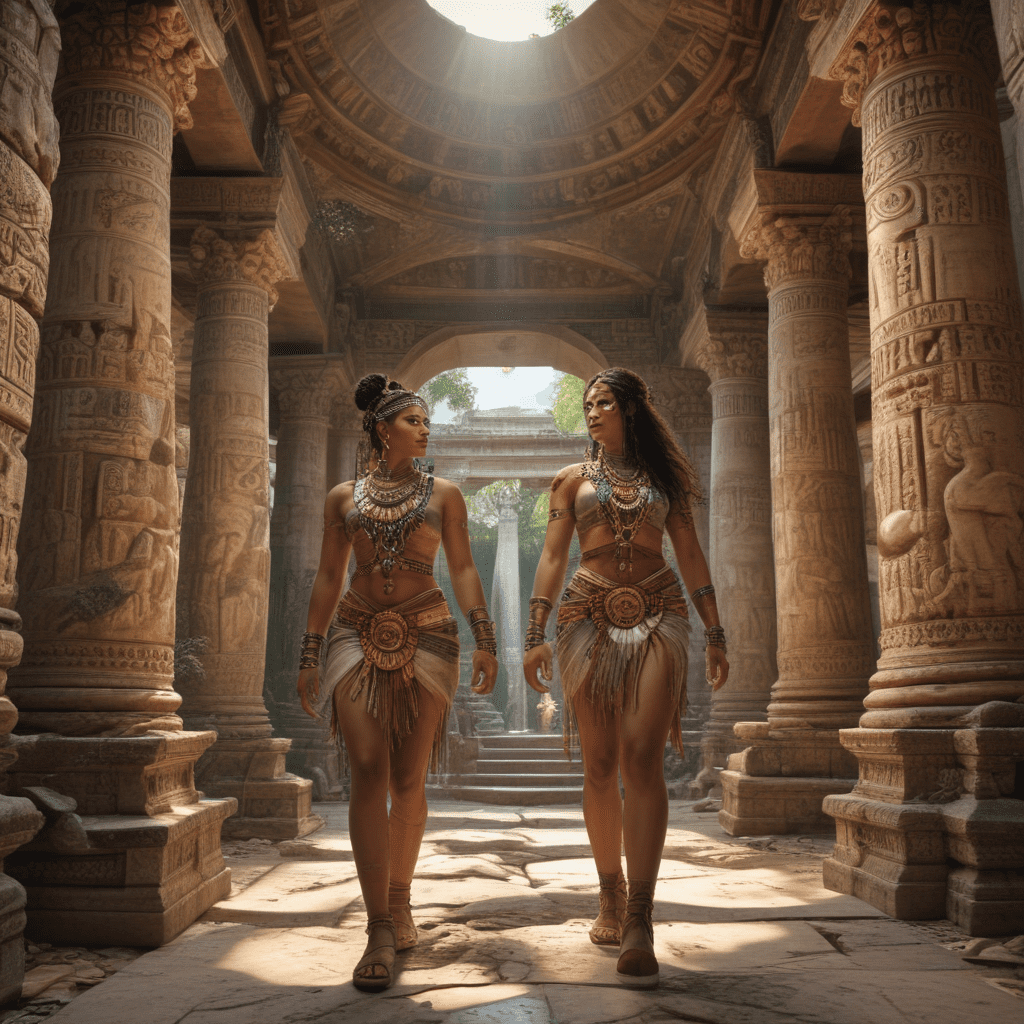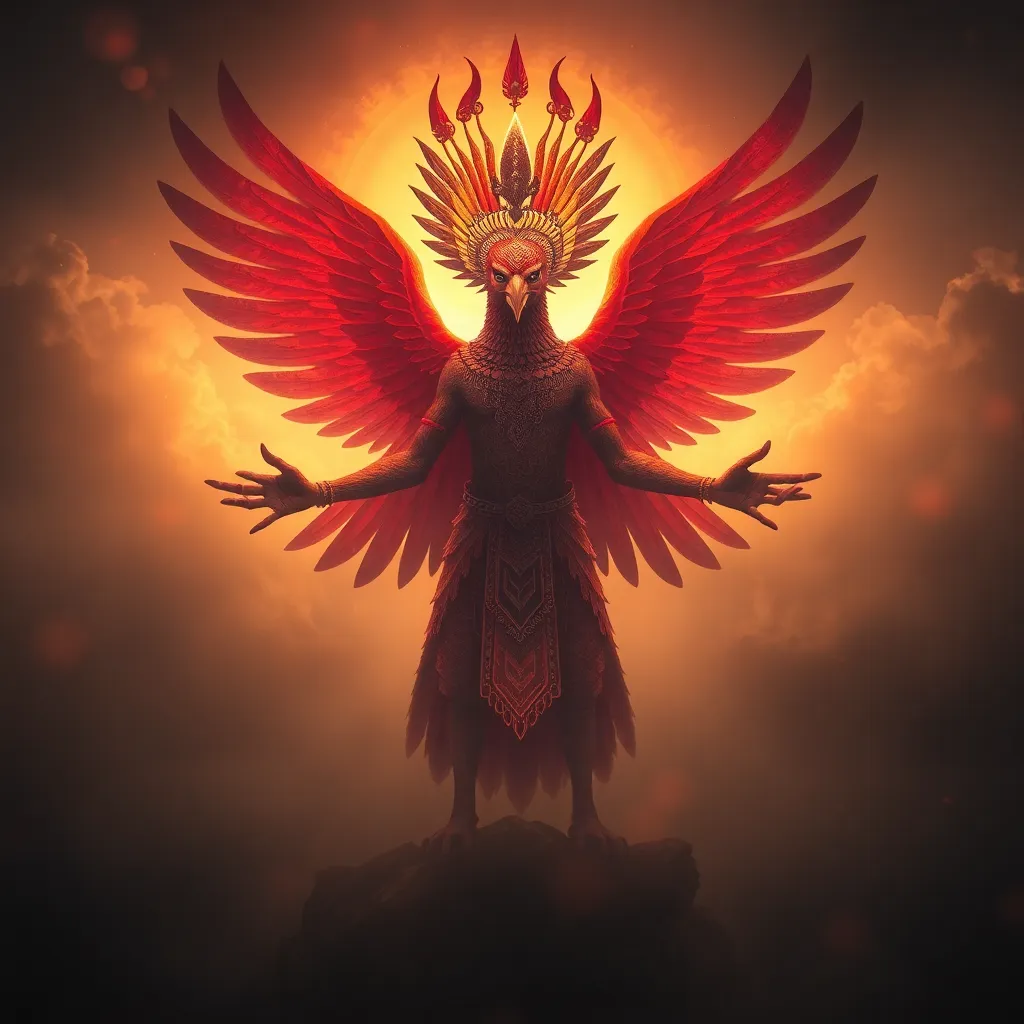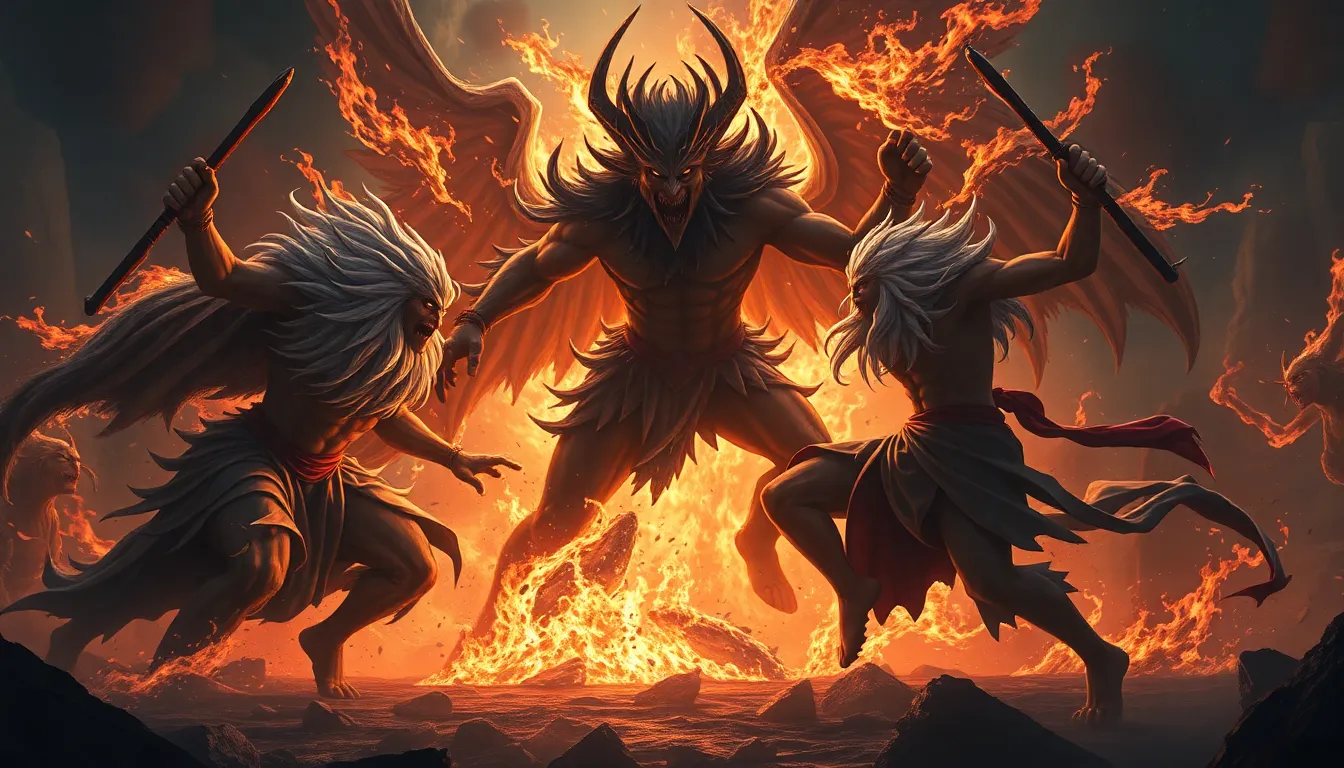Exploring the Pantheon of Mayan Gods and Goddesses
1. Introduction
The ancient Maya civilization, renowned for its intricate calendar, advanced mathematics, and impressive architecture, also possessed a rich and complex mythology. The Mayan pantheon was populated by a vast array of deities who embodied natural forces, celestial phenomena, and human virtues. This article delves into the fascinating world of Mayan gods and goddesses, exploring their roles, myths, and significance within the Mayan belief system.
2. The Creation Myth and the Popol Vuh
The Mayan creation myth, recorded in the sacred text known as the Popol Vuh, narrates the emergence of the world from a state of primordial darkness. According to the myth, the gods Hunahpu and Xbalanque played a crucial role in defeating the lords of the underworld and creating the first humans from maize. The Popol Vuh provides insights into the Mayan worldview and their understanding of the origins of humanity and the cosmos.
3. The Importance of the Mayan Pantheon
The Mayan pantheon served multiple purposes within Mayan society. The gods were not merely objects of worship but also embodied the forces that governed the natural world. They were invoked for guidance, protection, and agricultural prosperity. Understanding the Mayan pantheon is essential to comprehending their cultural values, religious practices, and the symbolic motifs present in their art and architecture.
4. The Major Gods and Goddesses
The Mayan pantheon consisted of numerous deities, each with distinct attributes and domains. Among the most prominent were Itzamná, the creator god; Kinich Ahau, the sun god; Ixchel, the moon goddess; Chaac, the rain god; and Kukulkan, the feathered serpent god. Each of these deities played a significant role in the lives of the Maya, influencing their daily rituals, agricultural practices, and understanding of the cosmos.
5. The Hero Twins Hunahpu and Xbalanque
The Hero Twins, Hunahpu and Xbalanque, occupy a central position in Mayan mythology. Their exploits, recounted in the Popol Vuh, are characterized by bravery, cunning, and triumph over adversity. The twins serve as cultural heroes, embodying the values of courage, perseverance, and the ability to overcome challenges. Their journey through the underworld reflects the Maya's beliefs about the afterlife and the importance of overcoming obstacles to achieve ultimate success.
6. The Underworld and the Lords of Xibalba
The underworld, known as Xibalba, played a significant role in Mayan mythology. It was a dangerous and treacherous realm ruled by the Lords of Xibalba, who were feared for their cruelty and deception. The Hero Twins, Hunahpu and Xbalanque, ventured into Xibalba to confront these lords, facing deadly challenges and outsmarting them through their cunning and bravery. The myth of their descent into the underworld highlights the importance of overcoming adversity and the triumph of good over evil.
7. The Role of Animals and Nature in Mayan Mythology
Animals and natural elements held profound significance within the Mayan belief system. Jaguars, owls, and serpents were often associated with specific deities and served as intermediaries between the human and divine realms. Natural phenomena such as rain, wind, and thunder were believed to be manifestations of the gods' power. The Mayans practiced rituals and offerings to appease and petition these entities, ensuring agricultural abundance and protection from natural disasters.
8. The Importance of Rituals and Sacrifice
Rituals played a central role in Mayan religious life. Offerings, prayers, and dances were performed to honor the gods, seek their favor, and ensure cosmic balance. Bloodletting, particularly from the tongue or earlobes, was a common form of sacrifice. The Mayans believed that the offering of blood revitalized the gods and maintained the delicate equilibrium between the human and divine realms.
9. The Legacy of the Mayan Pantheon
The Mayan pantheon continues to inspire and fascinate contemporary audiences. Its influence can be seen in modern art, literature, and popular culture. Mayan myths and legends provide insights into the intricate belief system and worldview of this ancient civilization. Understanding their pantheon offers a valuable lens through which to appreciate their artistic achievements, religious practices, and profound connection to the natural world.
10. Conclusion
The Mayan pantheon stands as a testament to the rich and complex mythology of this ancient civilization. Its gods and goddesses embodied the forces of nature, celestial phenomena, and human values, playing a vital role in shaping the cultural and religious landscape of the Mayan world. Exploring the Mayan pantheon offers a unique glimpse into their understanding of the cosmos, the human condition, and the delicate balance between the natural and supernatural realms.
Frequently Asked Questions (FAQs)
1. Who was the most important god in the Mayan pantheon?
There is no single most important god in the Mayan pantheon. Different deities held prominence depending on the region, time period, and specific context. However, Itzamná, the creator god, and Hunab Ku, the supreme deity, were widely revered.
2. What role did animals play in Mayan mythology?
Animals were considered sacred and often associated with specific deities. Jaguars, owls, and serpents were believed to possess supernatural powers and acted as intermediaries between the human and divine realms.
3. What was the purpose of bloodletting rituals in Mayan religion?
Bloodletting, particularly from the tongue or earlobes, was believed to revitalize the gods and maintain cosmic balance. The Mayans offered their blood as a form of sacrifice and appeasement to ensure agricultural abundance and protection from natural disasters.
4. How has the Mayan pantheon influenced contemporary culture?
The Mayan pantheon continues to inspire artists, writers, and filmmakers worldwide. Its rich mythology and symbolism are evident in modern art, literature, and popular culture, demonstrating the enduring legacy of this ancient civilization.
5. What are some ways to learn more about the Mayan pantheon?
Exploring Mayan archaeological sites, visiting museums with Mayan artifacts, reading the Popol Vuh, and consulting academic resources on Mayan mythology are valuable ways to gain deeper insights into this fascinating subject.




